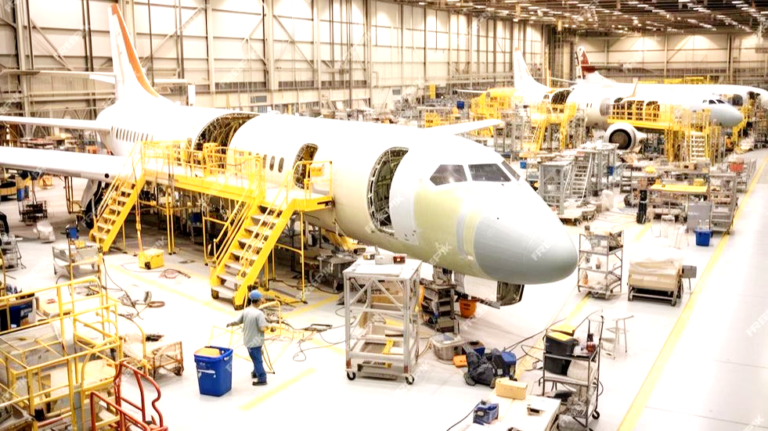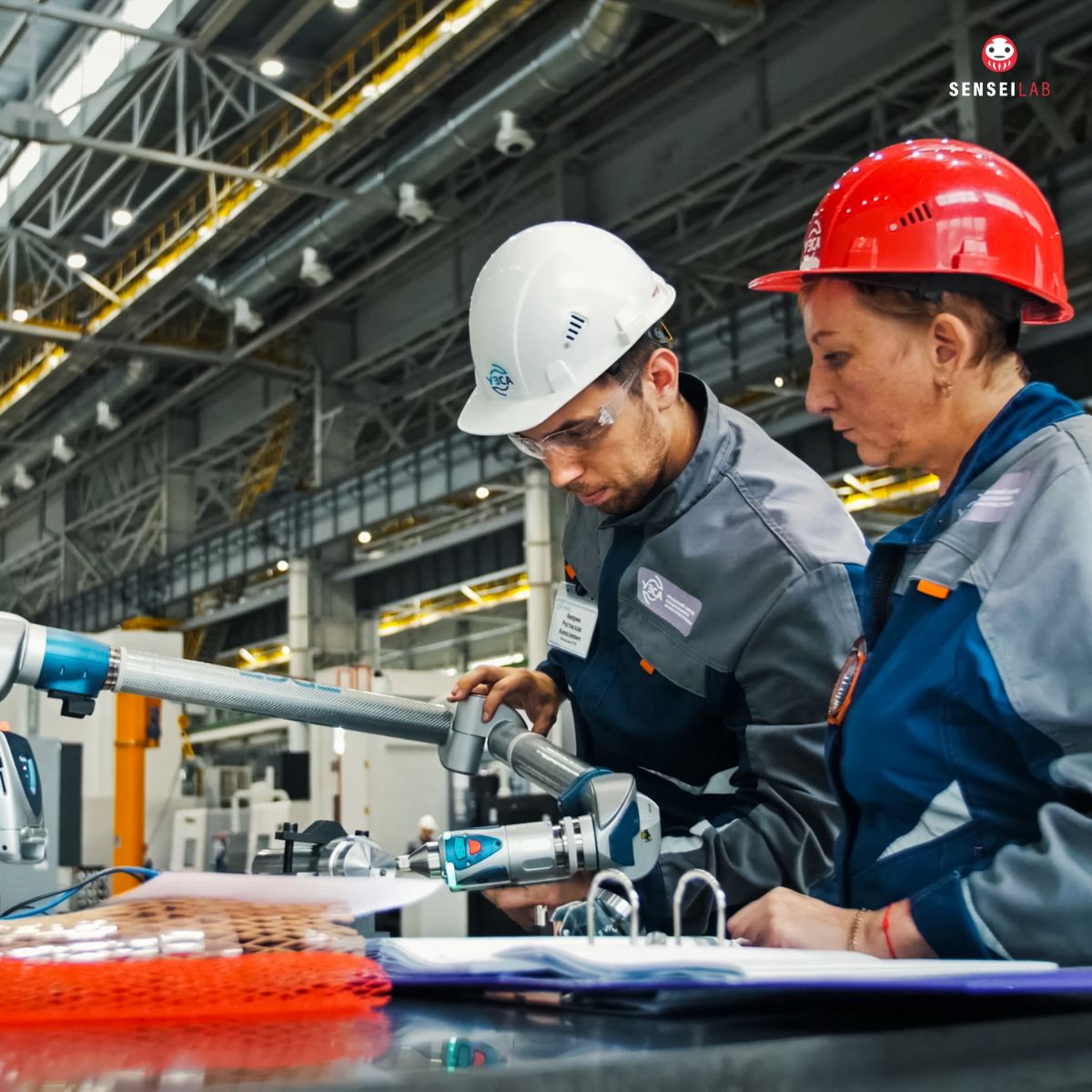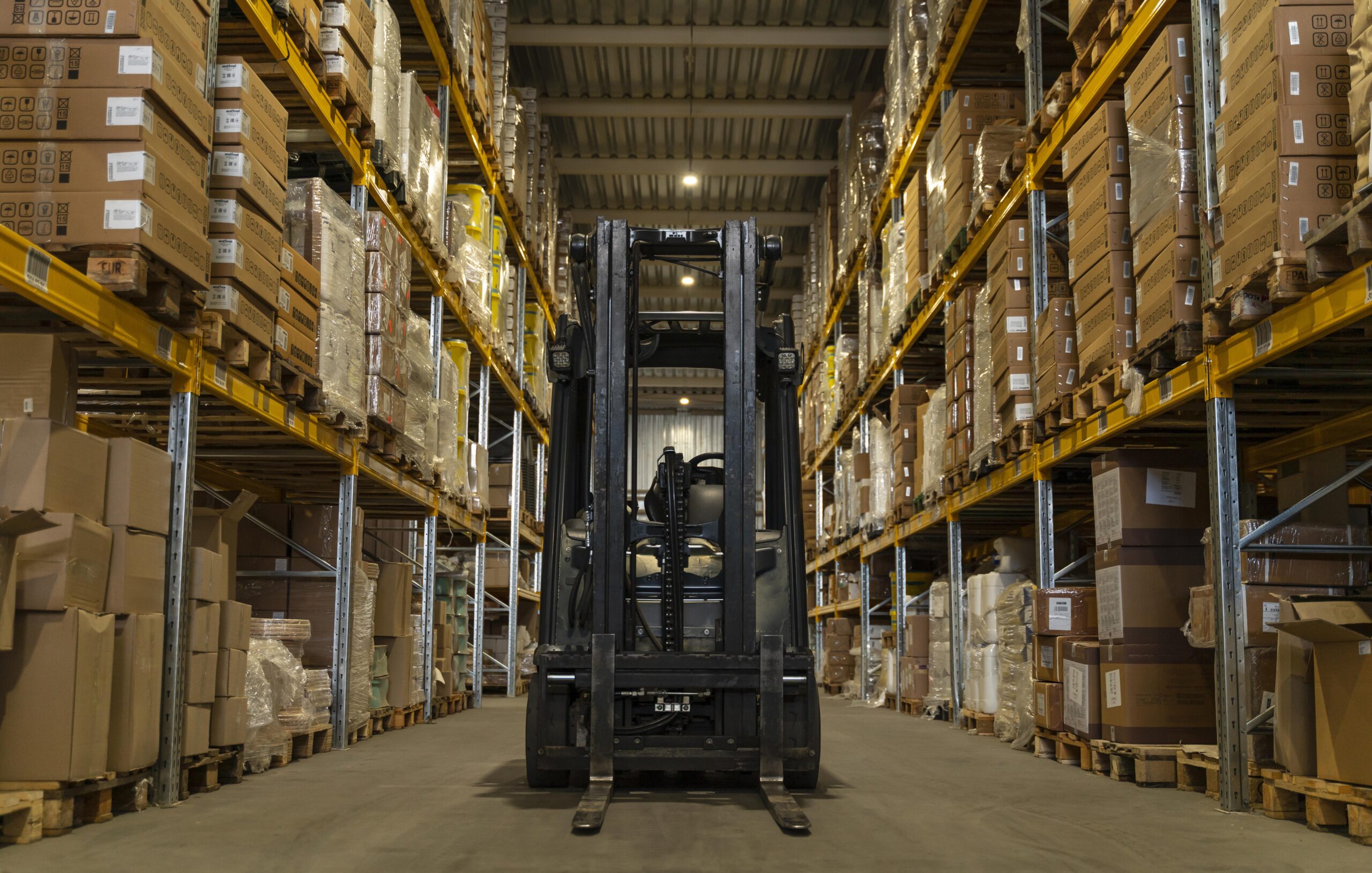Step 1: Identifying the Root Cause
Aero****** started by conducting a Value Stream Mapping (VSM) session. The goal? To visually analyze their supply chain, pinpoint inefficiencies, and identify waste. Through this process, they uncovered the main issues:
- Unclear specifications led to misinterpretation of requirements.
- Lack of visibility into the supplier’s production process caused last-minute surprises.
- Reactive quality control rather than preventive measures.
- Poor communication led to misaligned expectations on lead times.
Step 2: Establishing Supplier Collaboration
Instead of treating the supplier as an adversary, Aero****** adopted a partnership mindset. They initiated regular supplier meetings, created open feedback loops, and conducted on-site visits to align production capabilities with Aero******’s needs. Additionally, they implemented a Supplier Scorecard to track key performance indicators (KPIs) such as:
- On-time delivery rate (initially at 70%)
- Defect rate (which was unacceptably high)
- Response time to quality issues
Step 3: Implementing Standardized Work and Lean Tools
To ensure consistency, Aero****** and their supplier worked together to implement:
- Standardized work instructions to eliminate ambiguity in part specifications.
- Kanban inventory management to create a pull system and reduce delays.
- First Article Inspection (FAI) improvements, ensuring issues were caught at the start of production rather than after full runs.
- Gemba walks at the supplier’s facility, where Aero******’s engineers observed and provided real-time feedback on production processes.
Step 4: Creating Real-Time Visibility
Aero****** introduced a supplier portal where both parties could track order progress, quality trends, and delivery performance in real-time. This transparency built trust and accountability, allowing problems to be addressed before they escalated.
Step 5: Measuring and Sustaining Improvements
Within six months, the results were transformative:
- On-time delivery improved from 70% to 95%.
- Defect rate dropped by 60%, reducing costly rework.
- Lead times decreased by 30%, stabilizing Aero******’s production schedule.
- The supplier also benefited by improving their own internal efficiencies, creating a win-win scenario.
The Takeaway
Aero******’s experience proves that supplier performance issues don’t have to be a bottleneck. By applying Lean principles—mapping processes, fostering collaboration, standardizing work, and ensuring visibility—companies can turn a struggling supplier relationship into a competitive advantage.
So, next time a supplier is causing delays, ask yourself: Are you treating them as a problem or as a partner in improvement?




